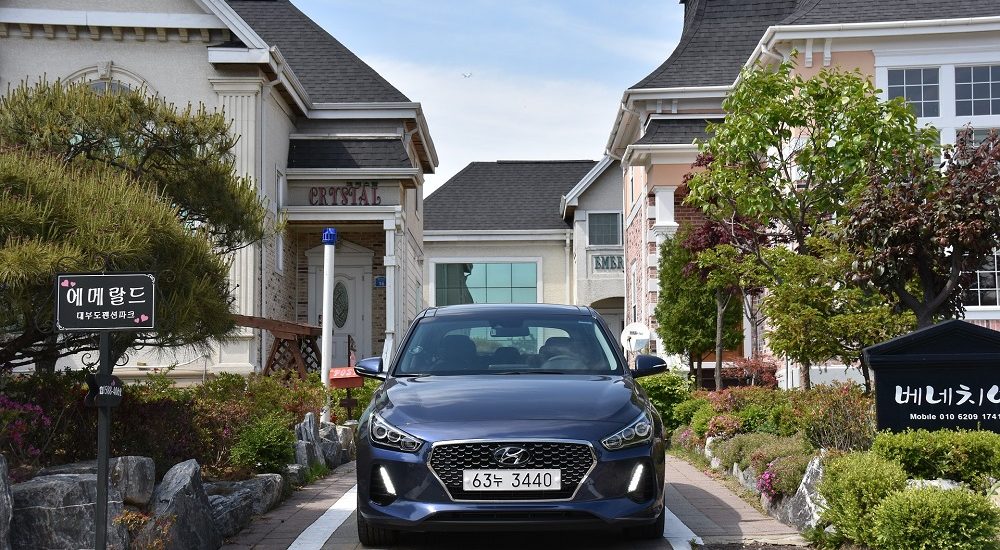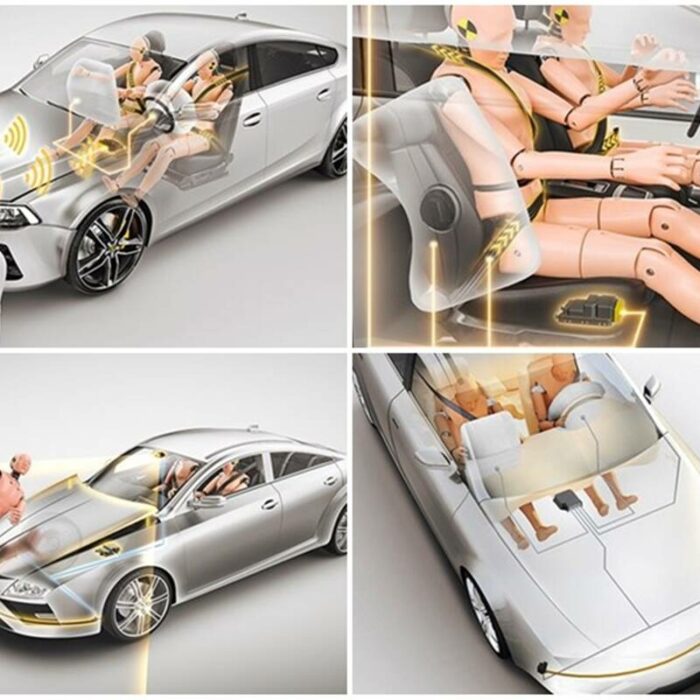A modern “Korean car” is characterized by European design, the latest technologies (usually its own), as well as high reliability and security (and this is a fact confirmed by the world’s rating agencies). Despite the fact that the list of South Korean car brands is very modest, this is more than offset by their wide range, which, in general, covers all segments: from “budget compact economy cars” to “luxury full-size sedans.”
Automotive industry of South Korea
Korea’s car industry is on the fifth place in the world, and automobile “Koreans” aren’t inferior to European, Japanese and American cars. The popularity of Korean cars is growing, although South Korean car production is the youngest. The advantage of “Koreans” is in combination of low cost, reliability, beautiful design and comfort. In addition, South Korean production guarantees excellent electronics and quality assembly, as well as a huge lineup – for almost every taste, covering all segments – from “budget compact economy cars” to “luxury full-size sedans.”
The best Korean cars have the best value for money and are inexpensive in servicing. There are Koreans who most often pamper consumers with novelties, they also set the tone for the market trends’ formation. The time when the buyer was cautious about Korean cars is long gone.
How it all began
In the early 50’s, there was no automobile industry in South Korea yet. The level of the country’s motorization was depressing – one car accounted for more than three thousand inhabitants.
But in Seoul, brothers (and, in combination, businessmen), Choi Moo-Sung, Choi Hae-Sung and Choi Sung-Sung, took apart details of American cars, already decommissioned, in a small workshop and tried to make something new out of them. They succeeded, and in 1955 a homemade iron horse called “Sibal” (in translation – “new” or “new beginning”) left the workshop door.
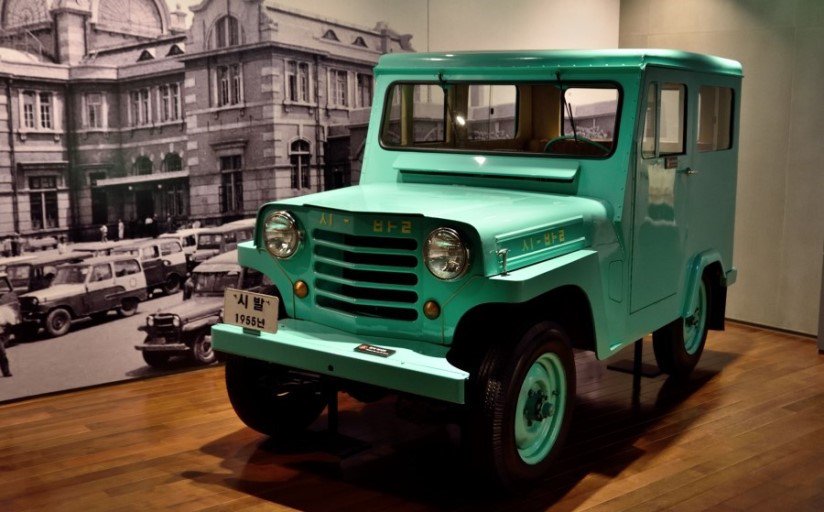
During the next seven years, about three thousand horses were born. However, their quality was low, and the need for good Korean cars remained. Therefore, the government decided to take a course on large-scale development of the automobile industry. This happened in 1962, and before the 1970s, Koreans were engaged in assembly of cars from sets of European and the US automakers. Only in 1973 the development of the first Korean car Hyundai Pony began. The Pony was launched in a serial production in its own automotive base in 1975.
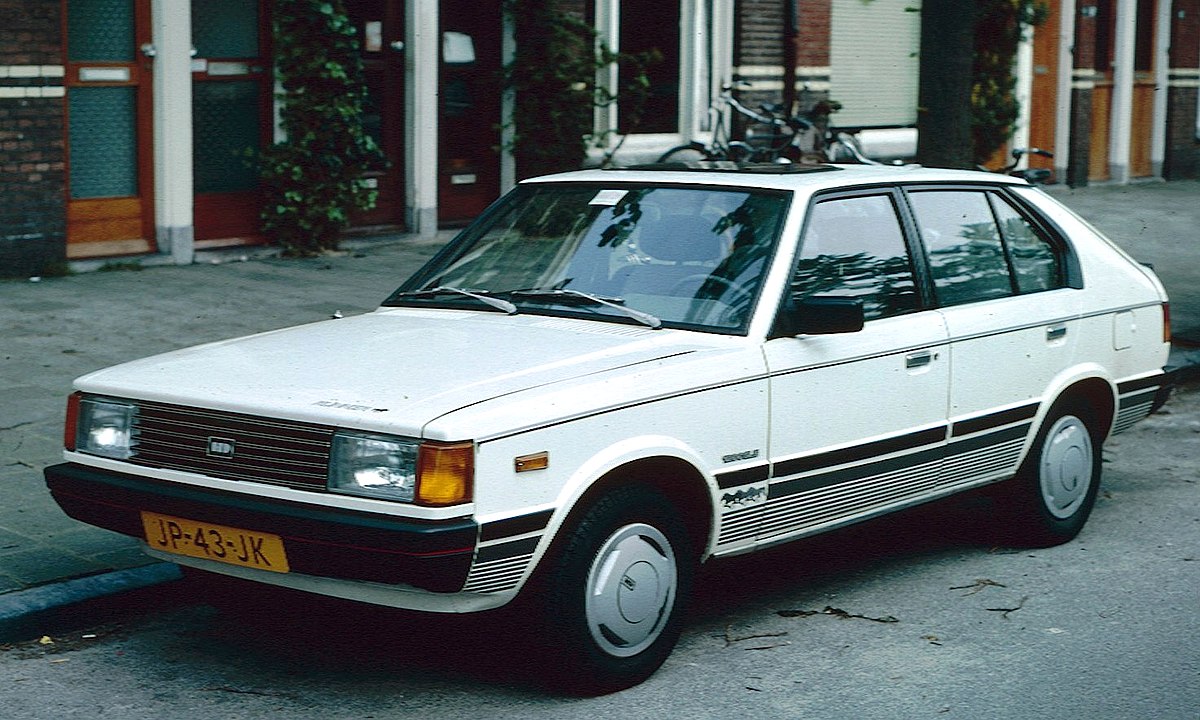
In the early 1980s, South Korean automakers took up world markets development (in the lowest price segment) – proceeding to export their “iron horses”. The Korean government provided the auto industry with comprehensive support.
South Korean companies got to a new level for themselves only in the late 1980s. It was then that they managed to establish car production using their own technologies. In the 1990s, machine builders from the Land of Morning Calm improved the quality of their products. The latter factor positively affected the export volume.
In 1998, Koreans decided to take a course on “globalization” – they began investing large amounts of money in design, further quality improvement, new developments and research. As a result, over the past twenty years, South Korea’s car industry has become one of the largest in the world, and manufacturers from this country have gained worldwide success. Today, more than 8 million “iron horses” are produced annually in South Korea.
The most reliable auto “Koreans”

The Kia Sportage is in the first place on the criterion of reliability. According to the results of a long check, the Kia Sportage was recognized as the most reliable SUV by the German magazine Auto Motor und Sport. It is one of the few to withstand all tests without breakdowns. The Kia Sportage is produced with gasoline and diesel engines. The gasoline engine works well on gasoline 92. The diesel engine also performs well even with poor-quality fuel. However, there are disadvantages – “eating a lot” (high fuel consumption), as well as miscalculations in the cabin ergonomics.
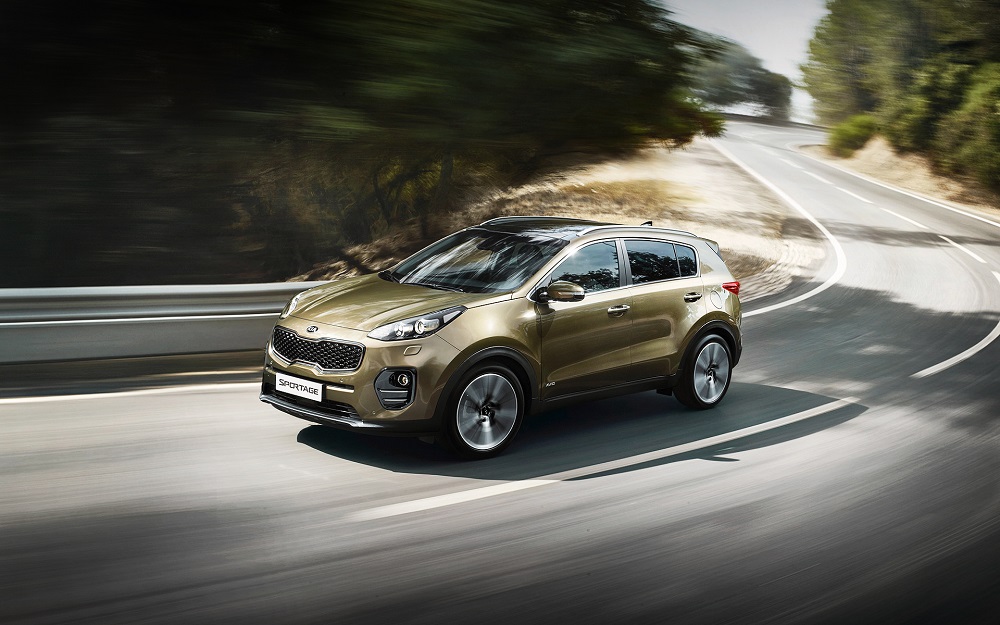
The second place is occupied by the Hyundai Tucson. Immediately after appearance of this model in the car market, it caused enthusiasm among fans of dynamic driving on large quality cars. In 2015, this car received several improvements, including new materials, resistant to wear, corrosion and mechanical impact.

The Kia Ceed is in the third place. It is a reliable golf car with a small price. The model is oriented, first of all, to the middle class. It is also a good vehicle for the whole family. The Kia Ceed engines are equipped with a closed liquid cooling system, which allows maintaining a constant temperature, and eliminates boiling of the cooling liquid.
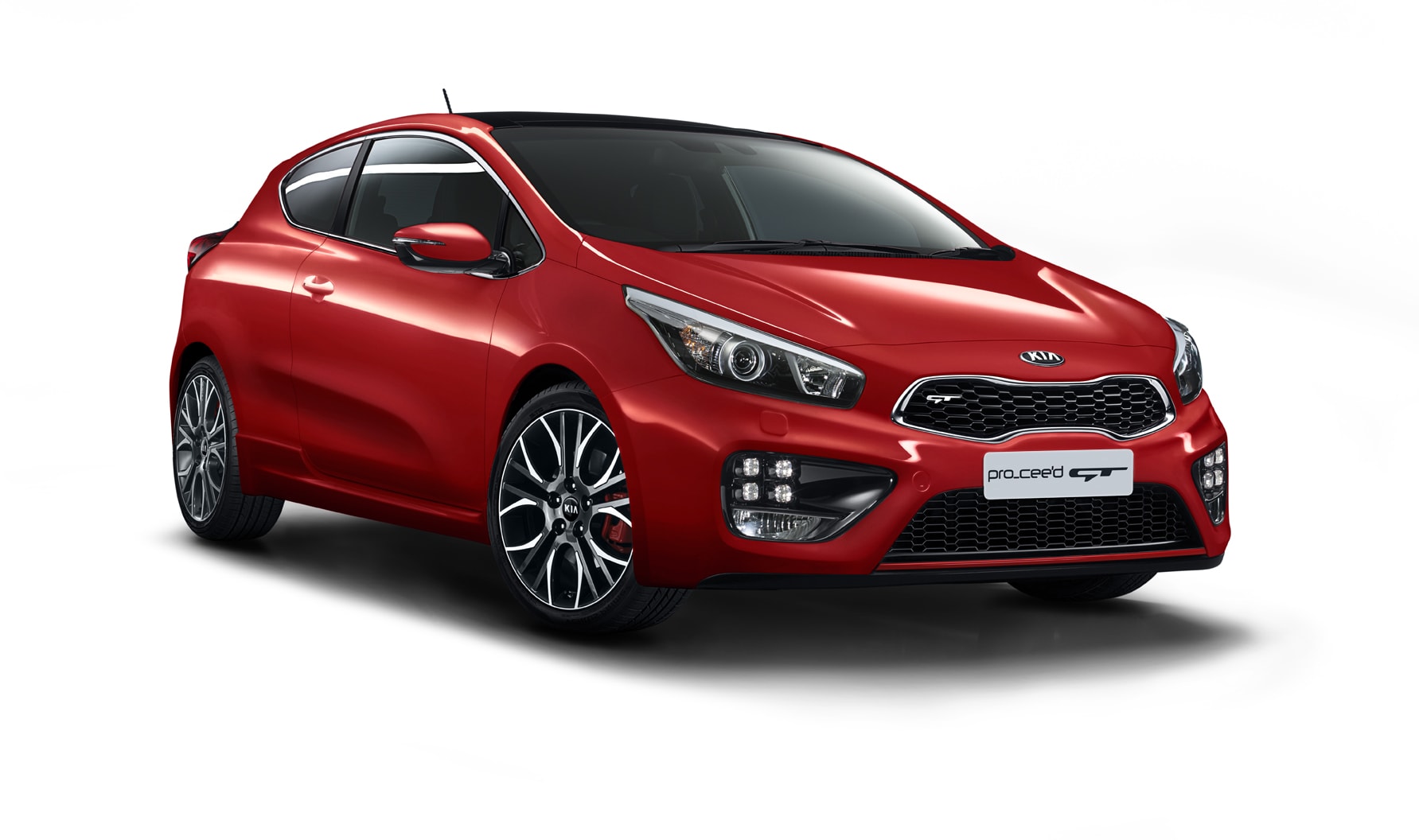
Another technical feature of the model is absolutely independent suspension, which guarantees the car good handling and smooth driving. Despite the fact that the car requires very qualified service and high-quality parts, it almost doesn’t have to be repaired.
The fourth line of the reliability rating is the Kia Rio. Great advantages of this model are conservative design, good technical equipment and off-road capability.There is a lot of hard plastic used in trim, but a good level of assembly saves the motorist and his passengers from noise and rattling. The quality of fitting the interior elements is also at the highest level.
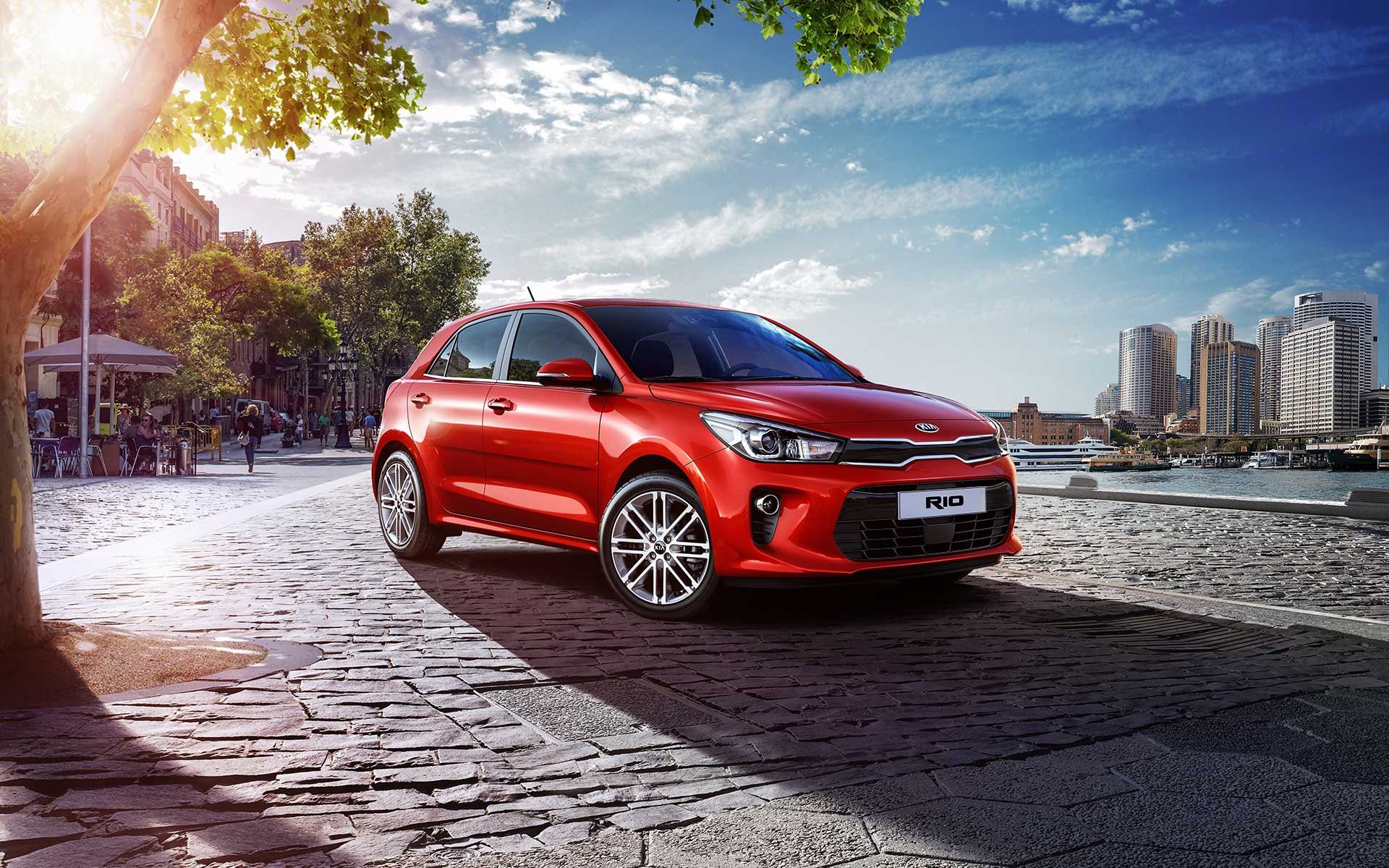
Next is the Hyundai Solaris. Many motorists love this car for its practicality, reliability and durability. Even after 300 thousand kilometers, this model remains quiet, and vibration isn’t felt. The car isn’t designed for high speeds, just for a smooth driving around the city.

The Actyon completes the rating of the most reliable “Koreans”. This model can be praised for a reliable suspension, the kinematics of which can withstand off-road conditions. Also, the car has high-quality shock absorbers, stabilizer bars and boots, which cope well with high loads.

Auto Koreans can be characterized indefinitely, but those, who ever drove such a car, certainly was pleased. And if he also has an international driving license – he is doubly pleased. By the way, it’s quite easy to issue such a driving license – it’s done right on our website. Spend a couple of minutes: this document is always useful.

Published December 17, 2018 • 5m to read

